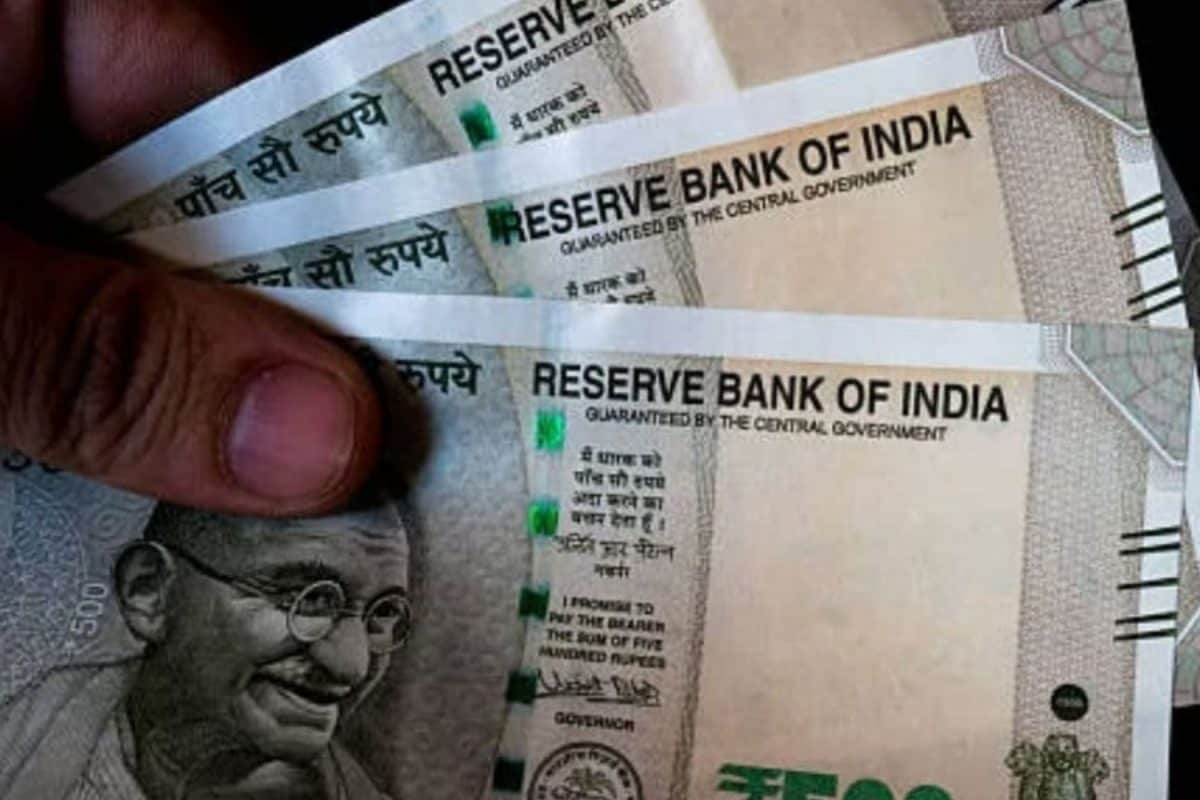

Impulse spending can be a significant hurdle in achieving financial stability. The 30-day rule is a straightforward yet powerful strategy to help curb those spontaneous urges and make more conscious purchasing decisions. It encourages individuals to pause and reflect on non-essential purchases for a month before committing to the buy. This cooling-off period allows for a more rational evaluation of needs versus wants, ultimately leading to substantial savings.
The premise is simple: whenever you feel tempted to buy something that isn't a necessity, whether it's a new gadget, trendy clothing, or dining at a new restaurant, pause. Instead of making an immediate purchase, give yourself 30 days to think it over. Write down the item, its price, and where you saw it. Some people find it helpful to set a reminder on their phone or make a note. You could put the amount of the discretionary purchase into your savings account. Most importantly, resist the urge to buy it immediately.
During this 30-day period, several questions should be considered: Is the item a need or a want? Can I afford it without sacrificing other financial goals? Have I researched better deals and alternatives? Can I allocate the money to a higher priority?. This evaluation process helps to differentiate between genuine needs and fleeting desires fueled by marketing or impulse.
One of the key benefits of the 30-day rule is that it helps break the cycle of instant gratification. Impulse buying often provides a temporary sense of satisfaction, but it can lead to regret and financial strain in the long run. By delaying the purchase, you allow yourself time to cool off and assess whether the item is truly worth the cost. You might find that the urge to buy fades away after a few weeks.
The 30-day rule can be applied to both large and small purchases. For example, if you're tempted to buy a high-end electronic item, waiting 30 days gives you time to assess whether it's a genuine need or a fleeting desire. Similarly, for daily habits like buying a specialty coffee, applying the 30-day rule might mean making coffee at home for a month and redirecting that money toward savings or debt repayment.
To make the 30-day rule even more effective, consider these additional tips: Track your spending to identify areas where you can cut back and save more. Create a wish list and revisit it after 30 days to see if your desire for some items has faded. Find a savings buddy to encourage each other and hold each other accountable.
However, it's also important to be flexible and avoid being overly restrictive. It's okay to indulge in a treat now and then, as long as it's a conscious decision and not an impulse buy. Some financial experts suggest implementing a dollar amount threshold for the 30-day rule, applying it only to non-essential items above a certain price. You might start with a 72-hour rule and then work your way up.
By incorporating the 30-day rule into your financial routine, you can not only control impulse spending but also establish a solid foundation for long-term financial stability. Consider redirecting savings to an emergency fund to ensure you have a financial buffer in case of unexpected expenses. The 30-day rule is not about deprivation; it's about making informed choices and aligning your spending with your financial goals.